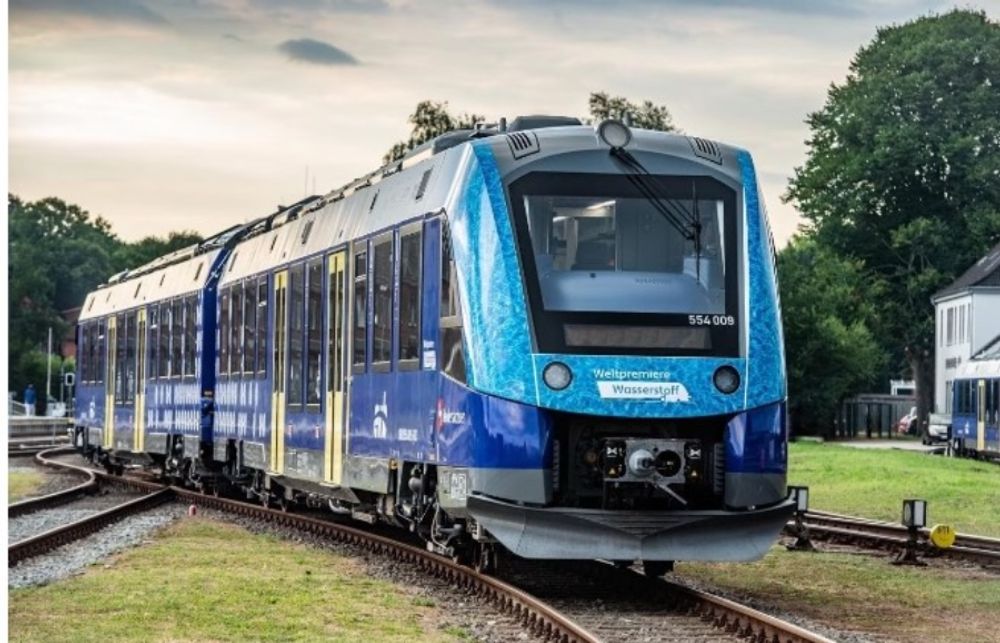


The first hydrogen-powered train is expected to start from December 2023, and will run between Kalka and. Shimla when the Indian Railways will get its first hydrogen fuel cell-powered electric train, without the ‘catenary’ or the suspended overhead wire systems usually required for electric locomotives, as declared by our railway minister Ashwini Vaishnaw in Rajya Sabha recently.
Our government also plans to run 35 hydrogen trains under the 'Hydrogen for Heritage' project it has planned. Some paths are the. Darjeeling Himalayan railways, Nilgiri Mountain railways, and a trial in the Jind and Sonipat in Haryana portion. Many paths having electric lines will be converted to these hydrogen-powered parade paths. A total number of 35 routes are taken in the project.
Running trains with hydrogen is rocket science or rocketry, because this science was first used on spaceships in the 1960s when fuel cells were a device used to combine pure hydrogen with oxygen to produce electricity and water. This charges the cell which in turn generates even 2300 watts of electric current, compatible with pulling carriages or lifting heavy loads as in rockets 🚀.
Europe was the first in fuel cell trains, and. Germany 🇩🇪 paved the path for a French-built train in September 2018. After that the German state of Lower Saxony added 5 such fuel trains in their fleet and also intend to erase out 126 of it's diesel trains within a few years.

These trains carry approximate of 130 kgs of pure hydrogen in their rooftop tanks, which can be filled within 15 minutes. They take a speed of 140 kmph and can continue for a range of about 1000 kms. after that they fill their tanks again for fresh run further. The unit takes oxygen from air and produces electricity in their fuel cells. The electrical energy is stored in batteries to power the motors, since the fuel cells cannot suddenly increase their power for acceleration, but, during braking, power from the wheels is returned to the battery to increase mileage acceleration.
The UK 🇬🇧 hopes to phase out all of its diesel railways with dual-mode technology the HydroFlex. Here the trains are able to switch from hydrogen power to catenary power wherever which is available, but, all of it reduces emissions and million litres of diesel consumption daily.
Economically 1 kg of hydrogen replaces 4.5 litres of diesel, but, the green hydrogen which is made by renewable energy is a bit more costly than the diesel at present, even hydrogen locomotives are 30% costlier than diesel locomotives, yet, most nations of the advanced world are replacing diesel engines by hydrogen cars by next 10 to 20 years. All have a common purpose of reducing air pollution and global warming effect affecting us. But in the coming years the hydrogen powered systems are likely to prove economical also.
At present the cost of converting each diesel set with hydrogen will cost INR 80 crores approx.our minister Mr. Vaishnaw has calculated and declared, but, moving towards the future with a global scenario, we will make this happen gradually as our economy permits us.
This is advancement true to our mother earth and it's healing possibilities, Amen.
Subir Kumar Ghosh.
